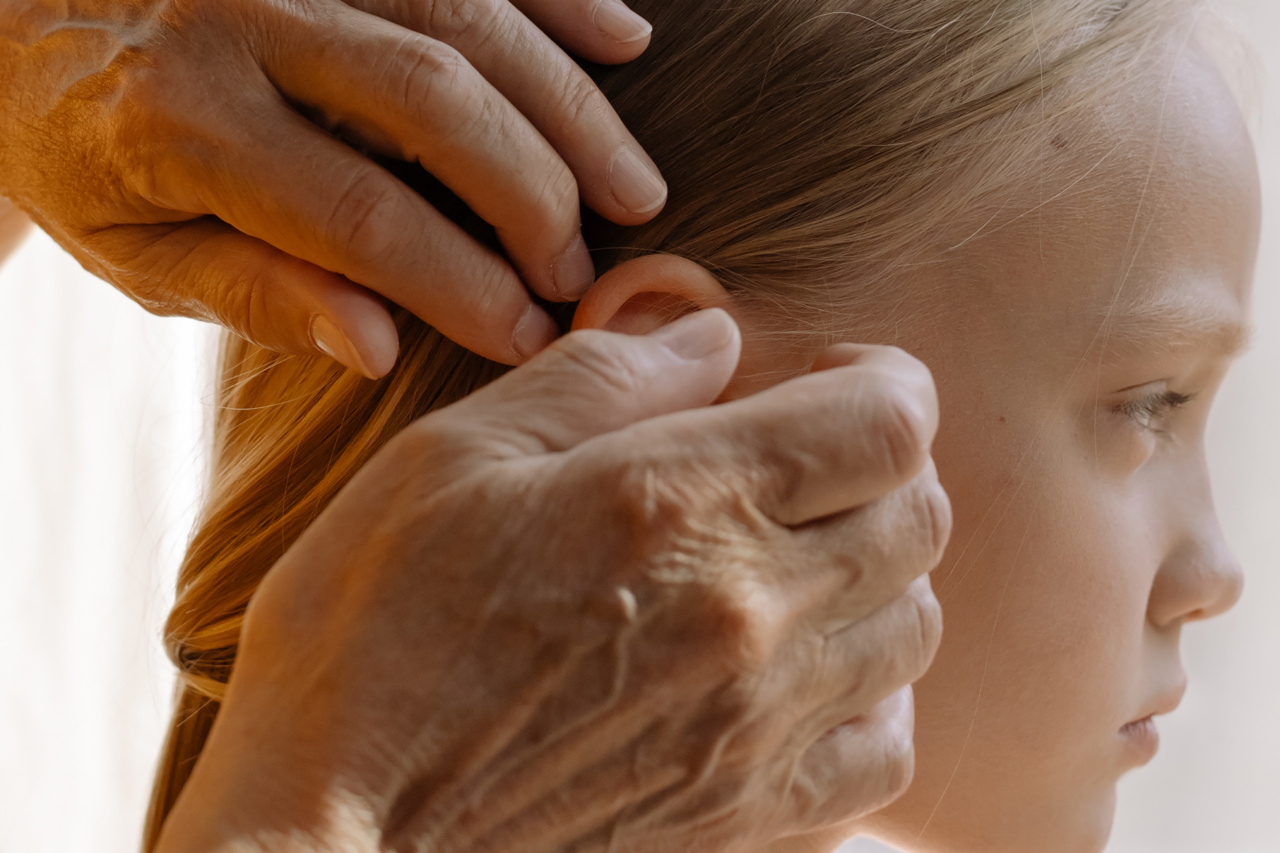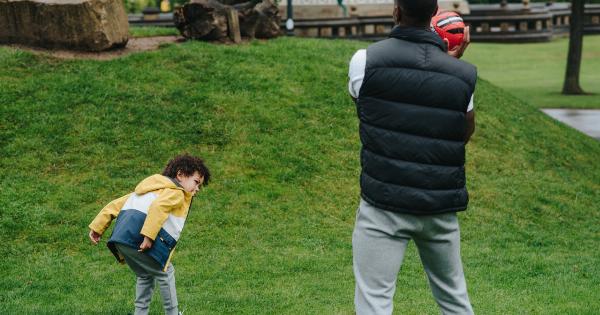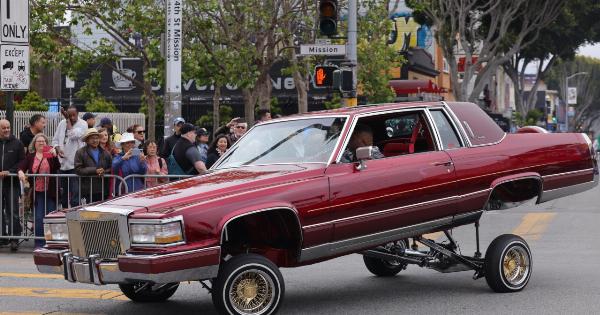Childhood glaucoma, also known as pediatric glaucoma, is a rare eye condition that affects children typically between the ages of birth and late teens.
Glaucoma is a group of eye diseases that can cause damage to the optic nerve and lead to vision loss if not properly treated. Childish glaucoma, in particular, requires prompt attention and management to prevent irreversible damage to the child’s vision. In this article, we will discuss the symptoms and treatment options for this condition.
Symptoms of Childish Glaucoma
Childish glaucoma often presents with several noticeable signs and symptoms. It is crucial for parents and caregivers to be aware of these indicators to seek early medical intervention. Some common symptoms of childish glaucoma include:.
1. Enlargement of the Eye
A child with glaucoma may have one or both eyes appear larger than normal. This enlargement is often caused by an increase in intraocular pressure, which occurs due to the build-up of fluid inside the eyes.
2. Cloudy or Hazy Cornea
The cornea, the transparent front part of the eye, may appear cloudy or hazy in children with glaucoma. This cloudiness can obstruct the passage of light into the eye, affecting visual acuity.
3. Sensitivity to Light
Children with glaucoma may exhibit heightened sensitivity to light, also known as photophobia. They may feel discomfort or pain when exposed to bright lights or sunlight.
4. Frequent Eye Rubbing or Blinking
Children with glaucoma may rub their eyes frequently or blink excessively in an attempt to alleviate any discomfort caused by increased intraocular pressure.
5. Redness and Tearing
The eyes of children with glaucoma may appear red and watery. This redness can be attributed to the inflammation and irritation caused by the increased pressure within the eye.
6. Poor Visual Development
Childish glaucoma can hinder the normal visual development of a child. This may result in delayed milestones related to vision, such as difficulties in tracking objects or poor depth perception.
7. Squinting or Closing One Eye
To compensate for blurry or impaired vision, children with glaucoma often squint or close one eye. This action temporarily improves their ability to focus on objects.
8. Headaches and Eye Pain
Children with glaucoma may complain of headaches or eye pain. This discomfort is often associated with the increased pressure within the eye.
9. Changes in Eye Color
In some cases of childhood glaucoma, the affected eye(s) may undergo a change in color. The eye(s) may appear grayish or cloudier compared to the unaffected eye(s).
10. Decreased Visual Acuity
Glaucoma can lead to a decline in visual acuity over time. Children may experience difficulties seeing distant objects clearly or have a reduced ability to read and recognize facial expressions.
Treatment Options for Childish Glaucoma
Early diagnosis and intervention are crucial in managing childish glaucoma. The treatment approach aims to control intraocular pressure, preserve vision, and promote proper eye development in children.
Some common treatment options for childish glaucoma include:.
1. Medications
In mild cases of childish glaucoma, eye drops or oral medications may be prescribed to reduce intraocular pressure. These medications help decrease the production of fluid inside the eye or improve fluid drainage.
2. Surgery
In more severe cases or when medications fail to effectively manage intraocular pressure, surgery may be required.
There are several surgical procedures available to treat childish glaucoma, such as trabeculotomy, trabeculectomy, and glaucoma drainage implants. These surgeries aim to improve the outflow of fluid from the eye, thus reducing pressure.
3. Laser Therapy
Laser therapy, such as selective laser trabeculoplasty or laser peripheral iridotomy, may be utilized as a treatment option for certain types of childish glaucoma.
Laser therapy helps create openings in the eye’s drainage system to improve fluid flow and reduce pressure.
4. Glaucoma Drainage Devices
In some cases, glaucoma drainage devices, also known as tubes or shunts, may be surgically placed to facilitate the drainage of excess fluid from the eye. These devices serve as a pathway for the fluid to bypass the natural drainage system.
5. Regular Monitoring and Follow-Up
Children diagnosed with childish glaucoma require long-term monitoring and follow-up with an ophthalmologist.
Regular eye examinations and measurements of intraocular pressure are essential to assess treatment effectiveness, adjust medications if needed, and ensure optimal visual development.
Conclusion
Childhood glaucoma is a serious eye condition that requires early intervention and appropriate treatment. Recognizing the symptoms and seeking prompt medical attention is crucial to prevent long-term vision loss in affected children.
With advancements in treatment options and regular monitoring, it is possible to manage childish glaucoma and optimize the visual potential of young patients.



























